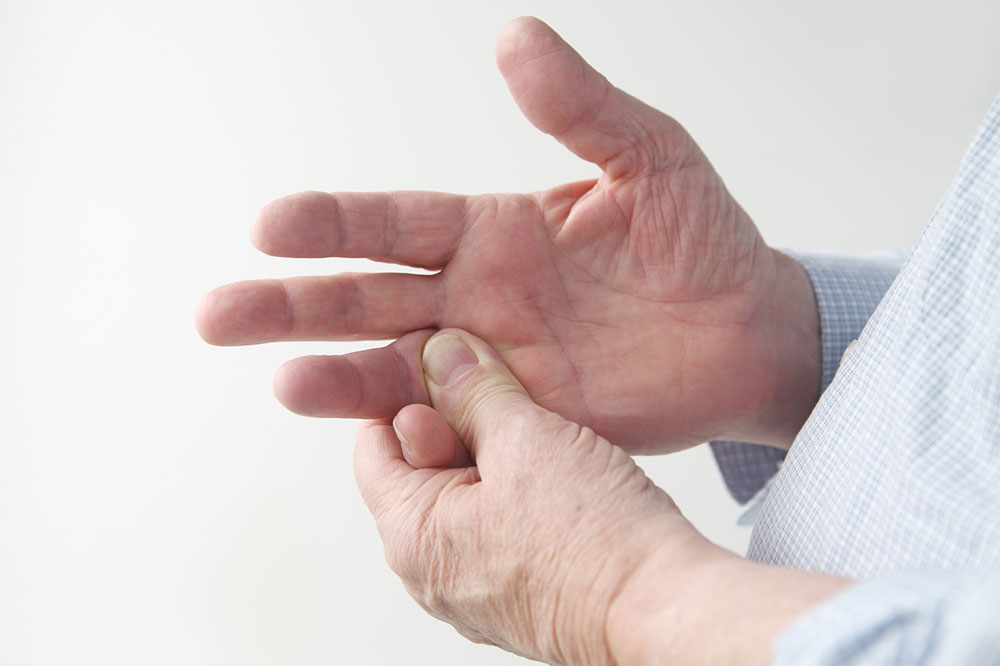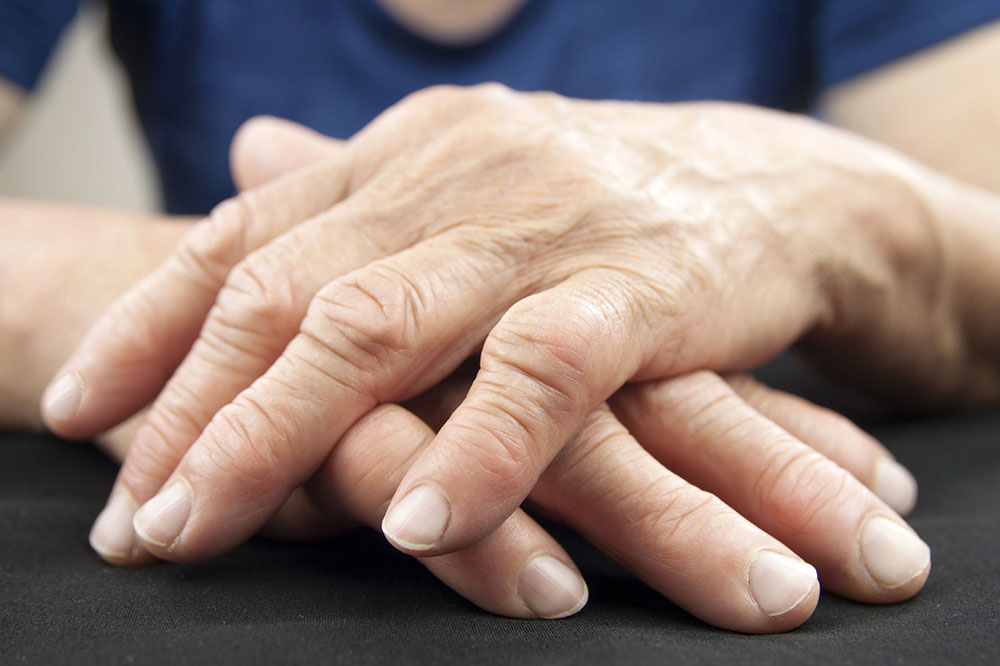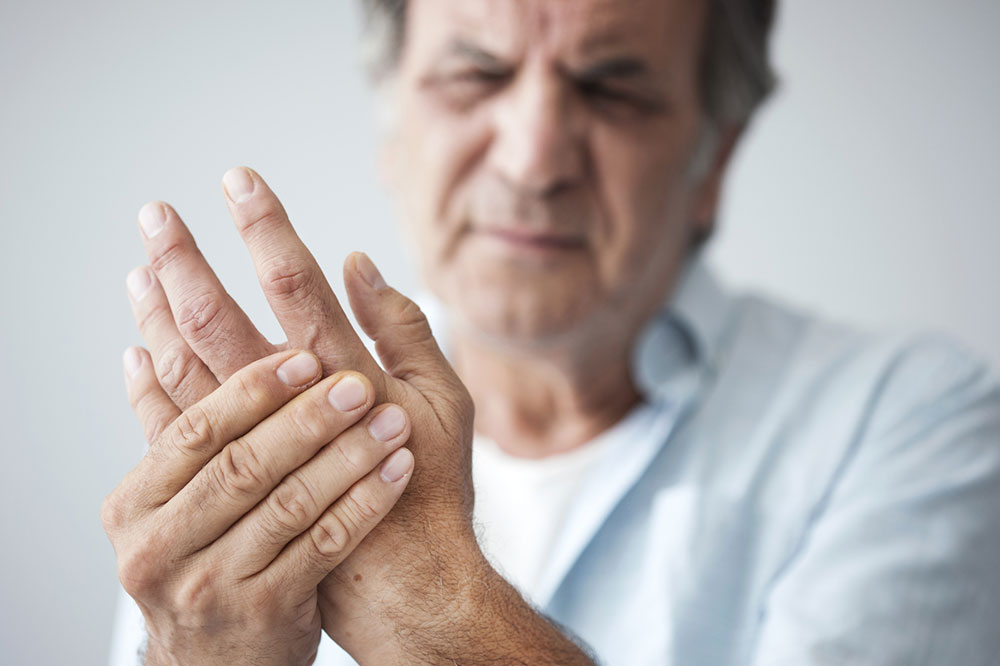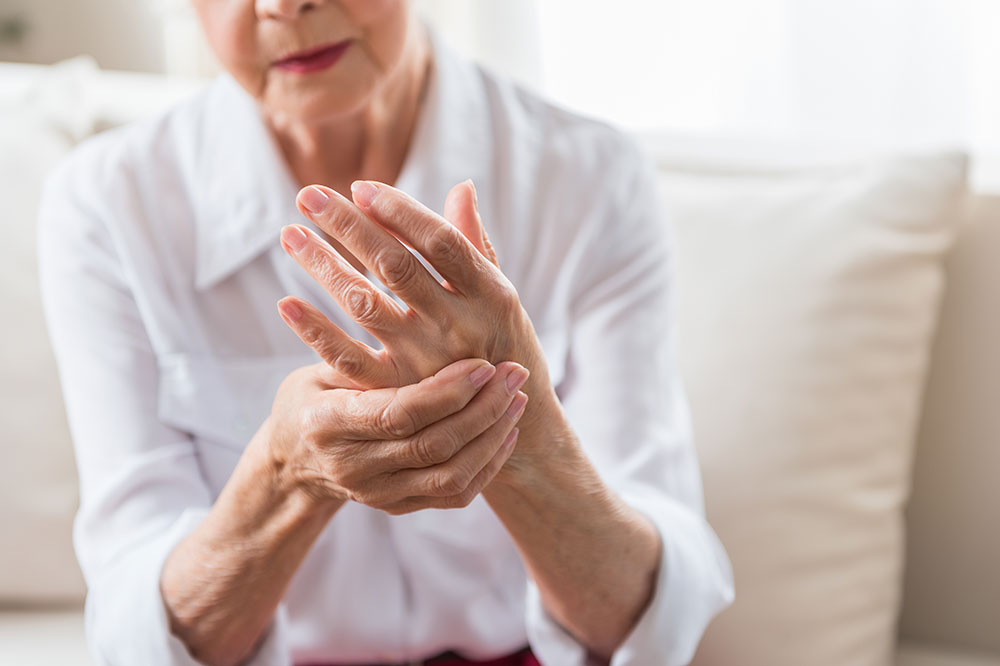Comprehensive Guide to Common Joint Diseases: Causes, Symptoms, and Treatments
Explore the comprehensive information on common joint diseases such as osteoarthritis, rheumatoid arthritis, gout, and bursitis. Learn about their causes, symptoms, and modern treatment options to improve joint health and quality of life. Early diagnosis and evidence-based management are key to preventing joint damage and maintaining mobility.

Comprehensive Guide to Common Joint Diseases: Causes, Symptoms, and Effective Treatments
Joints are fundamental components of our skeletal system, acting as bridges that connect bones and enable smooth, coordinated movement. They allow us to perform everyday activities such as walking, running, lifting objects, and even simple gestures like gripping or turning our heads. However, joints are also susceptible to a variety of disorders that can impair their function, cause pain, and diminish quality of life. Understanding these common joint diseases—their causes, symptoms, and available treatment options—is essential for maintaining musculoskeletal health, especially as we age.
Joint disorders often result from damage or inflammation of the cartilage, synovial fluid, or surrounding tissues. Cartilage, a flexible connective tissue, provides a cushioning effect that allows bones to glide smoothly over one another. When this cartilage deteriorates or becomes inflamed, the bone surfaces may rub directly against each other, leading to pain, stiffness, and reduced mobility. Additionally, some joint diseases are autoimmune in nature, where the body's immune system mistakenly attacks its own joint tissues, causing chronic inflammation and tissue destruction. Identifying the specific type of joint disease is crucial for effective management and improving patient outcomes.
Here, we explore some of the most common joint diseases, their risk factors, symptoms, and the modern treatment approaches healthcare professionals recommend to manage these conditions.
Osteoarthritis (Degenerative Joint Disease)
Osteoarthritis (OA) is the most prevalent form of joint disease, affecting millions worldwide. It predominantly occurs with age but can also result from joint injury, repetitive stress, or obesity. OA mainly impacts weight-bearing joints like the hips, knees, and the smaller joints of the hands, but it can also affect the spine.
Statistics reveal that over 10% of men and approximately 13% of women aged 60 and above suffer from osteoarthritis. As the disease progresses, the cartilage that cushions the joints gradually wears away, leading to exposure of the underlying bone. This bone exposure can cause further degeneration, bone spurs, and joint deformity if left untreated. Symptoms include persistent joint pain, stiffness especially in the morning or after long periods of inactivity, swelling, reduced range of motion, and a grating sensation during movement.
Management of osteoarthritis varies depending on its severity. Mild cases are often effectively managed through lifestyle modifications such as weight loss, physical therapy, and over-the-counter pain relievers like acetaminophen or non-steroidal anti-inflammatory drugs (NSAIDs). For advanced stages, more invasive interventions including corticosteroid injections or surgical procedures like joint replacement may be necessary to restore function and relieve pain.
Beyond osteoarthritis, other key joint disorders include:
Spondyloarthritis (Inflammatory Spinal Arthritis)
Spondyloarthritis encompasses a group of inflammatory diseases that affect the joints of the spine, hips, and sometimes peripheral joints like the knees and fingers. This autoimmune condition is often associated with the HLA-B27 gene. Symptoms include chronic back pain, stiffness, and, in some cases, inflammation of the eyes or other organs. Treatment primarily involves anti-inflammatory medications, physiotherapy, and, in severe cases, surgical intervention to correct deformities.
Bursitis (Inflammation of Joint Sacs)
Bursae are small fluid-filled sacs that act as cushions around joints, reducing friction during movement. Bursitis occurs when these sacs become inflamed due to overuse, injury, or bacterial infection. Common sites include shoulders, elbows, and hips. Patients experience swelling, tenderness, and pain that worsens with activity. Treatment involves rest, anti-inflammatory drugs, compression, and sometimes aspiration of excess fluid.
Rheumatoid Arthritis (Autoimmune Joint Disease)
Rheumatoid arthritis (RA) is a chronic autoimmune disorder where the immune system mistakenly attacks synovial membranes, leading to joint inflammation, pain, and eventual tissue destruction. RA often affects small joints, such as those in the hands and feet, symmetrically. Symptoms include morning stiffness lasting more than an hour, swelling, fatigue, and sometimes systemic effects like fever and weight loss. Management includes NSAIDs, corticosteroids, disease-modifying antirheumatic drugs (DMARDs), and biological therapies. Severe cases might require surgical procedures like joint replacement or fusion to restore function.
Gout (Uric Acid Crystal Deposition)
Gout is characterized by sudden, intense attacks of joint pain caused by the accumulation of uric acid crystals, often in the big toe. It is more common among men and women post-menopause. Factors contributing to gout include dietary habits (high purine foods), alcohol consumption, obesity, and certain medications. Symptoms include rapid onset of severe pain, swelling, redness, and warmth around the affected joint. Management involves dietary modifications, medications such as NSAIDs, colchicine, and uric acid-lowering drugs to prevent future attacks.
Understanding these joint conditions and their treatments can help individuals seek early diagnosis and management, potentially preventing severe damage and improving quality of life. Advances in medical technology, physiotherapy, and surgical options have significantly improved outcomes for those suffering from joint diseases. If you experience persistent joint pain, swelling, or stiffness, consult a healthcare professional for an accurate diagnosis and tailored treatment plan.





